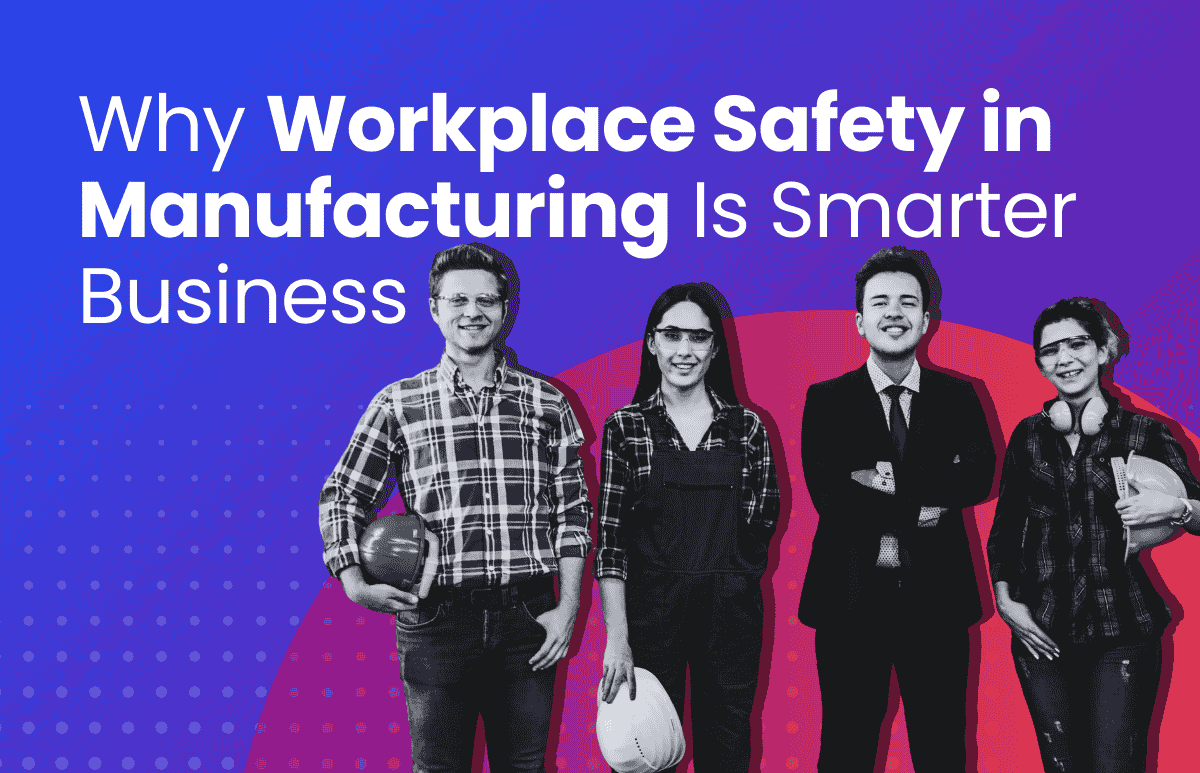How to Make Leader Development a Priority in 2023

As we enter a new year, leadership development is a phrase many HR professionals are considering, with one all-encompassing question in particular. Do our leaders have the skills required to guide and support employees in this new world of hybrid, hyper-connected working?
It’s not an easy task. Ever since the shift to working from home, for those industries where employees could work remotely, leaders have been tasked with forging a path forward while also experiencing the rapid change themselves. With no playbook to follow, it’s put many managers and business leaders to the test.
ELMO’s 2022 HR Industry Benchmark Report, released in March, underlines just how critical leadership development is in the eyes of HR. Surveying 1,500 HR professionals across ANZ, the respondents identified leadership development as the third biggest challenge facing businesses, after recruitment and upskilling, cross-skilling or reskilling of employees.
What’s more, leadership development was the top primary focus area for learning and development programs in 2022, according to LinkedIn’s Workplace Learning Report.
What is meant by leadership development?
Leadership development is the structured process of improving and building upon the skills held by leaders across a business. The term leaders can include managers all the way up to C-suite executives, depending on how an organisation decides to structure its programs.
Leadership development has become particularly important due to the rapidly changing nature of how and where employees work. Leading and managing employees in a hybrid environment, for example, has put an emphasis on communication, transparency, and clear goal setting.
Some leaders may have excelled at managing employees in the past, particularly when they felt a sense of control from seeing their employees in person every day. But the shift to remote working has forced them to rethink how they foster engagement and a sense of connection remotely.
What are the most important skills for leaders?
There’s no simple answer as to which skills matter most. But what is important, is that leadership development equips leaders with a well-rounded set of skills. Whether they know it or not, all leaders will have their strengths and weaknesses.
A strategic approach to leadership development should help to identify those strengths and weaknesses, and provide learning opportunities to bolster the gaps. It’s also a chance to learn from other leaders in the business, providing a network of peers and support.
In 2023, leaders will need to have a wide-range of skills. Critical thinking, decision making, adaptability, and analytical skills will all be vital to navigate the uncertain economic landscape. But career coaching, communication skills, relationship building, and leading by example will be just as important for motivating and engaging employees, especially if they’re dispersed across the office and home.
What are the benefits of leadership development?
As the old saying goes, employees don’t quit their jobs – they quit their managers. In a time when top talent is hard to come by, this adage could not be more important. Equipping leaders with the skills they need to motivate and develop their employees can have a big impact on retention, so it’s worth investing in. Consider the following leadership development benefits:
- Fostering a culture of continuous learning, regardless of level
- Developing better managers with the skills to develop and nurture their teams
- Higher retention and longer tenure of managers and leaders which leads to greater stability in the business
- Higher retention of employees, greater levels of productivity and wellbeing
- Offering a network of peers to learn from and lean on
- Part of the Employee Value Proposition to attract new managers
Clearly HR professionals know the immense value of leadership skills, especially when it comes to managing a dispersed workforce. So how can they develop a strategy that elevates its importance? Start by exploring these three types of leadership development programs.
3 types of leadership development programs
Current leaders
A current leaders program focuses on developing the skill sets of existing employees. This type of program can be broken into various business levels, such as managers, senior leaders and executives. It should aim to identify strengths and weaknesses of each individual, the skills required by the business, and provide learning pathways to develop well-rounded leaders.
Building succession planning into a current leaders program helps to equip employees with the skills required to reach the next stage of their career. For example, a senior leader in finance may have been identified as the next Chief Financial Officer. Preparing employees in this way improves an organisation’s bench strength, meaning their ability to quickly fill key positions in the business.
Emerging leaders
These programs pick out high-potential (Hi-Po) employees and invest in their leadership development. Perhaps they’re someone who has made their mark through innovative thinking. Perhaps they’re a manager who is excellent at nurturing and developing their team.
This type of program is critical for building the next generation of leaders and ensuring continuity for the future. It’s also a powerful way to retain your high-potential employees by demonstrating investment in their careers.
Start by conducting succession planning with managers to identify HiPo employees and potential career moves. Rather than rely on manual methods, use technology to streamline your succession planning.
ELMO Succession Management helps users to identify high performers by assessing potential, performance, flight risk and readiness for new roles. The easy-to-use tool provides managers with a bird’s eye view of succession options and helps them evaluate the risk of leaving roles vacant. For employees, it allows them to compare their current position to their desired position while providing personalised development plans – meaning they can drive their career in the direction they want.
Industry talent programs
Tapping into external industry programs is a brilliant way to expand leadership development within your organisation. They offer employees the chance to learn among their peers, and share information and insight across organisations in a similar industry.
While HR leaders might be wary of encouraging their top talent to network and collaborate with potential competitors, it shouldn’t be the case. Actively fostering employees’ career development through participation in industry programs is more likely to turn your top talent into brand ambassadors, one of the most valuable forms of recruitment.
Industry talent programs are a breeding ground for innovation and learning, and again, a way to demonstrate investment in your employees’ long-term careers.
ELMO Learning Management helps organisations to plan and deliver their learning initiatives. From simple courses through to more complex programs with multiple components including eLearning modules, instructor-led training and discussion groups, ELMO takes the hassle out of learning management.
Want to know more about the power of succession planning? Download ELMO’s whitepaper
Become a Talent Magnet: Succession Management as a Retention Driver.
ELMO Software is a cloud-based solution that helps thousands of organisations across Australia, New Zealand and the United Kingdom to effectively manage their people, process and pay. ELMO solutions span the entire employee lifecycle from ‘hire to retire’. They can be used together or stand-alone, and are configurable according to an organisation’s unique processes and workflows. Automate and streamline your operations to reduce costs, increase efficiency and bolster productivity. For further information, contact us.
 HR Core
HR Core 









